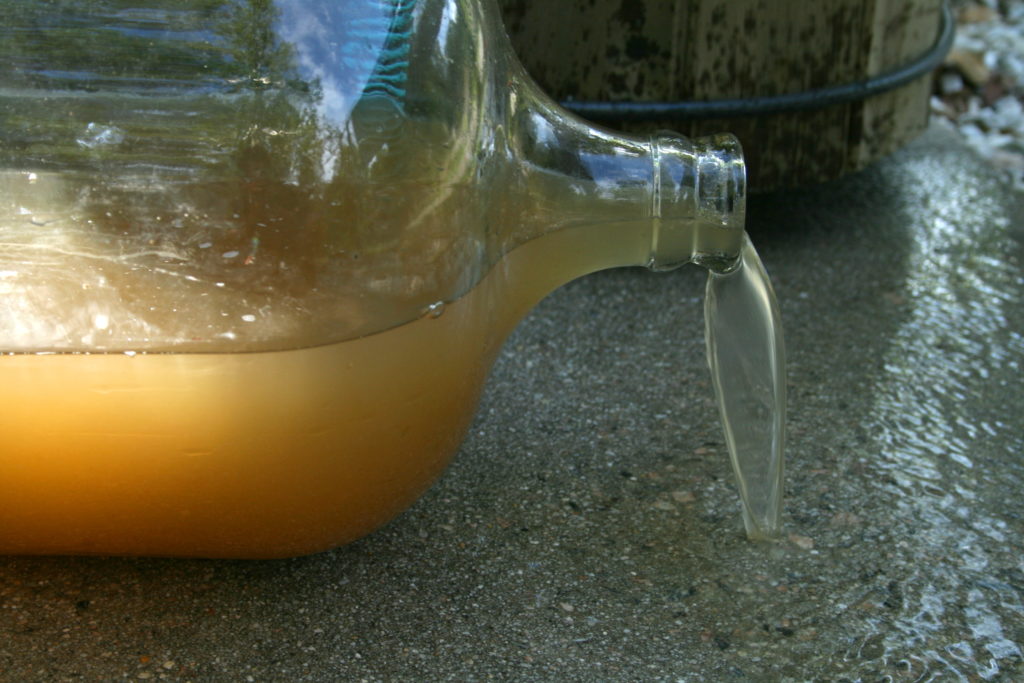Natural disasters have a nasty habit of compounding previous, semimanageable problems. We saw this with the Fukushima nuclear meltdown in Japan following a massive tsunami. Now we’re seeing it again, this time with Hurricane Maria in Puerto Rico. On top of food and medical shortages, experts are worried about several environmental issues exacerbated by the storm.
While many of these issues — from poor industrial quality control to a general lack of clean, contained drinking water — already plagued Puerto Rico, the devastation of Maria has complicated matters. In many cases, it has made them a great deal worse.
The following are some — but not all — of the potential environmental risks Puerto Rico and other storm-struck nations will face in the coming months.
Floodwater
Most long-term woes from hurricane-devastated countries stem from the presence of floodwater, which can stick around for months after the initial disaster.
Floodwater is not clean. When rising tides sweep through a country, they tend to pick up a plethora of disgusting things on the way. Contaminated floodwater can contain raw sewage, industrial pollutants, remnants of homes and businesses, and rotting biological material. This is a vast secondary risk to survivors of the initial disaster, as the presence of floodwater brings several other problems.
- Health Risks
This is probably the most obvious initial problem associated with contaminated floodwater. Bacteria, viruses and other contaminants are an extremely easy way to spread diseases around a country already lacking medical supplies. Large portions of the territory are — and will continue to be — underwater, and many are living in and around toxic areas.
De facto refugee camps, intended to house those displaced by Maria, compound this issue. In these camps, people are crowded within proximity to one another and have to share common amenities, which further encourages the spread of disease.
Legionella, in particular, is causing concern in and around the flooded areas of Puerto Rico. The disease thrives in warm, moist environments, and can grow in temperatures ranging from 68-122 degrees Fahrenheit. Several strains are deadly without proper and timely medical treatment.
Mold and mildew always come with flooding and can present their own enormous risk to those trying to move back into their houses. Entire neighborhoods of New Orleans were rendered uninhabitable because of the health and structural risks associated with both.
- Drinking Water
Contaminants in one body of water often find their way into the greater watershed area and end up contaminating all surrounding sources of water. This includes personal and public wells, fresh springs and other important sources of drinking water.
As previously mentioned, bacterial infections and diseases are a formidable problem. Contaminated drinking water is a standard vector for these, especially in overpopulated areas like refugee camps and cities. Many regions of Puerto Rico still lack clean drinking water, and citizens have been forced to drink and bathe in contaminated sources or face the uncertainty of resupply.
Some desperate citizens have even broken into wells designated EPA Superfund sites — areas of extremely hazardous environmental conditions. Needless to say, there are immense risks to personal health. However, without a system of contained and filtered drinking water, Puerto Ricans don’t have many other options.
- Industrial Pollutants
We’ve mostly focused on the biological issues surrounding floodwater. However, another concern is the possibility of industrial pollutants released into the environment following a storm.
When industrial manufacturers are destroyed over the course of a storm, deadly materials and by-products — usually controlled and efficiently disposed of — are released into the greater environment. Again, floodwater makes this even worse by helping spread these products over a much broader distance than usual.
In the Fukushima case, floodwaters triggered a nuclear meltdown: Thankfully, that is not a concern in Puerto Rico. However, heavy metals found in processing plants, as well as acids, chemical cleaners and other undesirables, all present dangers to those living in Puerto Rico.
Some facilities within Puerto Rico are not up to date or contain overly hazardous material without proper storage. Without these measures, the likelihood of further floodwater contamination is ever more likely.
Cleanup efforts have been making some progress in and around Puerto Rico. However, flooding is one of the hardest natural disasters to clean up, and the coming months will be a waiting game. In time the flooding will subside, and then the years-long process of rebirth can truly begin.
If you have the chance, get involved. While it may be difficult to offer your physical support, online donations or care packages are always appreciated.

This Women of Green guest blog is by Megan Ray Nichols. Megan writes about many environmental topics including, renewable energy, conservation and sustainability. She invites you to join the discussion on her own blog, Schooled By Science.

